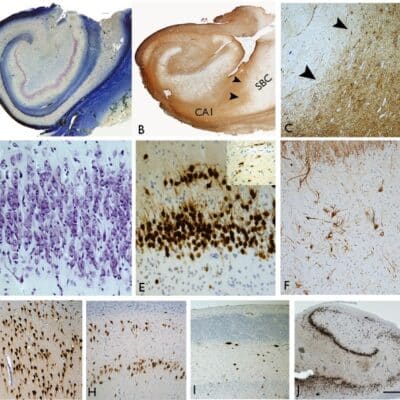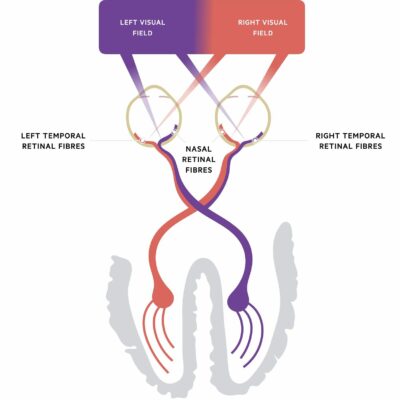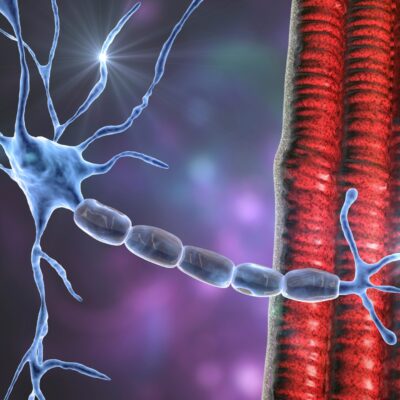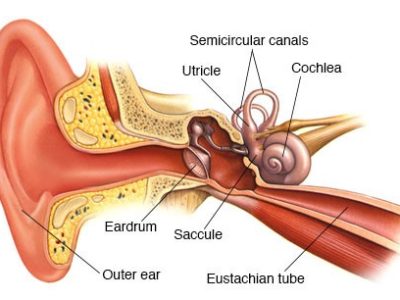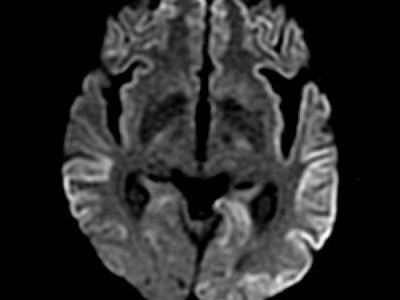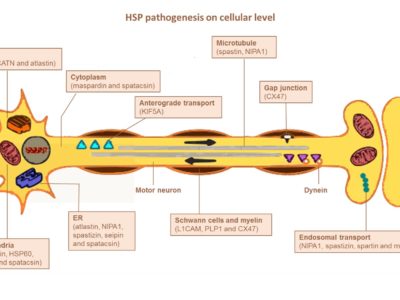
Article topic: Unveiling the transformative power of exercise on neuroplasticity and brain function
Author: Rahaf Alderawi
Reviewer: Abdullah Alshami
Keywords: Neuroplasticity, aerobic, resistance, exercise, physiotherapy
Introduction
Synaptic plasticity is the most essential mechanism that permits the developing brain to adapt to environmental influences and keep information during life (1). Neuroplasticity can be viewed as a widely spread umbrella period that refers to the brain’s capability to modify, change, and adapt both structures and functions in response to life experiences (2). These changes vary from rapid adaptations of synaptic Synaptic plasticity is the most essential mechanism that permits the strength that are transient to more long-term structural modifications (3), including, for example, gliogenesis (the generation of non-neuronal glial cells in the brain), synaptogenesis (the formation of new synaptic connections), neurogenesis (the development of new neurons), and angiogenesis (the formation of new blood vessels) (4), so plasticity could be functional or structural.
The alterations in the brain, such as synaptic strengths, that do not involve any anatomical changes refer to functional plasticity (they occur within minutes to an hour after experience onset), whereas alterations in the brain that involve anatomical changes, such as changes in synapse- and neuronal cell numbers, the density of axonal fibres, and the branching of axons and dendrites, refer to structural plasticity (they appear later after experience onset). (5), (6), these alterations can occur in response to a variety of stimuli, such as experience (7), learning (8), practicing a skill (9), and exercising (10). Researchers state that three main types of plasticity form the developing brain (11).
- experience-expectant
- experience-independent
- experience-dependent
The classic theory, which assumes that “neurons that fire together, wire together,” describes how the plasticity of the brain is the result of strengthening the connections between neurons by repetitive firing patterns that activate distinct neurobiological mechanisms (12). Conversely, the “use it or lose it” principle also applies to neuroplasticity, where a lack of activity between neurons within a circuit leads to a decrease in the strength of the connection between these neurons (13).
The main goal of this article will be to focus on experience-dependent plasticity, followed by an even more specific focus on experience-dependent plasticity induced by exercise and how it may affect the brain positively. Two forms of exercise (aerobic and resistance) are also discussed, which are the most common types of exercise used most frequently. The ultimate goal of this article is to conduct a general overview of the relationship between brain plasticity and exercise (one of the main physiotherapy interventions used) and how exercise-induced plasticity can be beneficial for individuals.
Experience–dependent plasticity
This type of plasticity can be induced by a wide array of experiences, and it is a good way of studying adult brain plasticity about learning, skill enhancement, and adaptation (14). Most experiences have the potential to induce changes in the brain and in behavior, such as task learning, exposure to stress, and physical exercise (15). When engaging in activities, certain areas of the brain become more active and important; this change depends on the type of activity and the time spent doing the activity. This is the general idea of experience-dependent plasticity (16).
Researchers suggested that in many cases, plasticity is induced by learning or practicing, which results in adaptive structural or functional alterations, but other phenomena such as injury to the nervous system or even amputation of a limb can also cause reorganizations of the brain, which may sometimes be maladaptive (17). Different experiences cause different types of cortical weight and growth. Researchers claim that this happens due to many factors, including an increase in synapses, changes in dendritic structure due to enriched surroundings, and the learning of skills, which might be followed by the growth of capillaries and glia cells (18), (19).
Plasticity induced by physical exercise
Physical exercise is a subset of physical activity that is planned, structured, and repetitive and, as such, a strong physiological perturbation of human bodily homeostasis (20). At the level of the brain, acute exercise in humans has discovered transient modifications in neurotransmitter levels like glutamate and γ-aminobutyric acid (GABA) right away following physical exercise, as measured with proton magnetic resonance spectroscopy (1H-MRS) (21).
Both glutamate and GABA are essential neurotransmitters in the mammalian brain and are acknowledged to be the main mediators of long-term synaptic potentiation (a strengthening of synaptic connections between neurons) and long-term synaptic depression (an activity-dependent reduction in strength) through glutamatergic and GABAergic pathways. Long-term synaptic potentiation and long-term synaptic depression are neuroplastic processes that cause changes in excitatory synaptic connections within the brain either by strengthening or weakening (22, 23).
Both produce changes in the synapse involving a rapid, short-term change of the function of present synaptic proteins by using processes such as phosphorylation (i.e., early long-term synaptic potentiation or long-term synaptic depression) and a slower, long-term change in the availability of synaptic proteins by targeting cell DNA and inducing transcription of new proteins (i.e., late long-term synaptic potentiation or long-term synaptic depression) (24).
Exercises
Both aerobic exercises and resistance exercises positively impact virtually all organ systems’ cellular machinery, cardio-metabolic, neuronal, motor, and cognitive functions, health, and mortality (25), (26), (27), and they enhance brain health through neuroplasticity (NP) (28).
Of the many parameters that help do aerobic exercises and resistance exercises (training frequency, volume, session, and intervention duration, inter-bout and inter-session rest), researchers assume the most critical parameter is ‘intensity’. Physiologically, high-intensity aerobic exercise is characterized by 76–95% of maximal heart rate, 80% of maximal oxygen consumption, or 70–90% of cardiac output. High-intensity resistance exercises are characterized as >70% of the 1-repetition maximum load. Aerobic exercise and resistance exercise intensities can be subjectively rated by perceived exertion (>15/20) and mental and muscular fatigue (29, 30).
Intensity is a key dosing variable because it potentiates the magnitude of behavioral, neuronal, and biochemical adaptations induced by exercise. High- vs. low-intensity aerobic exercises produce greater perfection in peak oxygen consumption, systemic vascular function, and metabolic profile (blood lipids, insulin sensitivity) (31). High- vs. low-intensity resistance exercises, including exercise to failure (32), also generate greater increases in maximal voluntary force and cardio-metabolic responses (33), with less of a dose effect on muscle hypertrophy (35).
The idea is that high- vs. low-intensity exercise would induce greater and longer-lasting neuroplasticity effects, which would in turn produce more powerful improvements in cognitive and motor functions or slow the progression of existing neuro-cognitive impairments (36, 37).
Aerobic exercises
Aerobic exercise refers to physical activities such as biking, running, or swimming that are repetitive and reinforce the circulation of oxygen through the cardiovascular system. Aerobic exercise enhances the expression of neuroplasticity biomarkers such as brain-derived neurotrophic factor, insulin-like growth factor 1, and vascular endothelial growth factor (38), (39), and (40).
The cascade of molecular adjustments upregulates cellular procedures of synaptogenesis, neurogenesis, angiogenesis, and gliogenesis (41), enhances cerebral blood flow (42), elevates grey and white matter volume (43), and increases neuronal activity (44).
As such, aerobic exercise has been linked to promoting cognitive and motor function. In one of the studies on a group of 10 young, healthy individuals, 30 minutes of moderate-intensity cycling enhanced the performance of various measures of planning, memory, reasoning, and concentration compared to baseline (45). In another study, a group of 24 healthy young participants before and after 30 minutes of moderate-intensity running performed a pinch-grip motor task. Results suggested that an acute bout of aerobic exercise promoted motor skill acquisition, mainly in addition to improvements in accuracy (46).
These results demonstrate the usefulness of aerobic exercise, as it appears to help the nervous system with learning and skill acquisition. The studies demonstrated the impact of exercise on enhancing cognitive functioning and neuroplasticity in young and older healthy individuals (47, 48). And also in clinical populations such as stroke, multiple sclerosis, and depression (49), 50, and 51).
The capacity of aerobic exercise to produce neuroplasticity can be assessed using transcranial magnetic stimulation (TMS). TMS is a non-invasive type of brain stimulation that provides a measurement of cortical and corticospinal excitability. A change in corticospinal excitability after an acute bout of exercise is suggested to indicate that neuroplasticity has been produced. Previous studies have found inconsistent changes in TMS measures following aerobic exercise (52). Some of the studies reported an increase (53), or not a change (54), of corticospinal excitability as assessed with motor-evoked potentials. Other studies reported a decrease (55) or no change (56) in short-interval intracortical inhibition, an assessment of primary motor cortex microcircuitry after a single session of aerobic exercises. Studies have also reported inconsistent effects of aerobic exercise on other TMS measures, including the contralateral silent period, intracortical facilitation, long-interval intracortical inhibition, and short-latency afferent inhibition (57). The conflicting results reported in these studies could be because of the differences in the type, intensity, or volume of aerobic exercise prescribed, as well as the fitness levels of the participants in the study, so we need further research to continue exploring the effect of aerobic exercises on TMS measures (58).
Resistance exercises
Resistance exercises indicate the repeated contraction of muscles against an external resistance. This type of training generates an increase in muscle strength driven by cellular responses in the short term (days and weeks) that convert to structural changes through synaptogenesis following long-term training (months and years) (59). A meta-analysis of 31 studies showed that resistance training increases the motor-evoked potential and reduces short-interval intracortical inhibition and the contralateral silent period when the muscle is active (60). This means that short-term resistance training overall enhances an increase in corticospinal output to the trained muscle. Studies showing that resistance training leads to enhanced corticospinal output in the trained as well as the untrained limb demonstrate the global impact of training-induced neuroplasticity. For example, motor-evoked potential amplitude increased and short-interval intracortical inhibition decreased in the untrained leg after 9 training sessions of single right leg squatting (61); research on long-term adaptations( greater than 3 months) in duration is limited to findings from studies using cross-sectional design.
Despite differences in participant strength, studies on individuals with many years of resistance training experience found no differences in corticospinal excitability when compared to untrained controls (62); another study showed a significant increase in spinal excitability with no differences in corticospinal excitability compared to controls in the biceps brachii of the non-dominant arm (64).
Combination aerobics and resistance exercise
The research found that the combination of aerobic and resistance exercise can lead to greater levels of exercise-induced neuroplasticity than either type alone because each form of training results in unique molecular adaptations related to signaling proteins and neurotrophic factors (65).
Studies have found that ameliorations in cognitive domains including attention, processing speed, and working memory are greater following a combination of aerobic and resistance training compared to either form of training alone (66, 67).
Future research studies are encouraged to compare the neurophysiological responses to aerobic, resistance, and combined training, either in short- or long-term exercise programs, in both healthy and clinical populations to translate findings to neurorehabilitation. The intensity of the exercise protocol and the fitness level of the participants involved are particularly important factors that must be considered when designing these studies (68).
Physiotherapy and neuroplasticity
As we said, neuroplasticity also enhances recovery after the damage produced by events like strokes or traumatic injuries. This ability to modify specific neuronal pathways and synapses has important implications for physiotherapeutic clinical interventions that will improve health. Therapeutic interventions like specific exercise training and cognitive training are all based on our current understanding of brain plasticity (69).
Physical therapy for neurological patients is a comprehensive process that aims to teach, guide, and enhance brain plasticity, thus reducing the threat of any functional and cognitive complications.
One of the studies conducted in 2019 noted that rehabilitation plays an important role in enhancing plasticity in patients after CVA. The study included locomotor training, neurostimulation, aerobic exercise, and video games (70).
Conclusion
Through neuroplasticity, a physiotherapist can play a very important role in rehabilitation and improved quality of life.
Although the research on plasticity induced by experience and exercise does most certainly contain limitations and knowledge gaps, it provides strong evidence for exercise as being able to induce functional and structural plasticity in humans. Several well-designed studies are needed before any extensive understanding can be achieved within this field.


